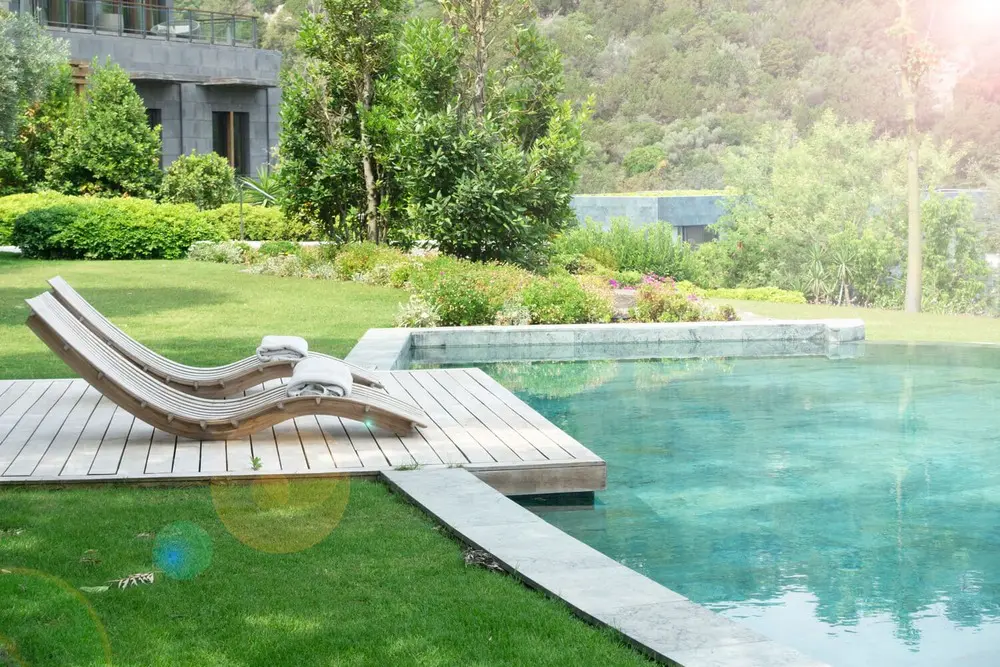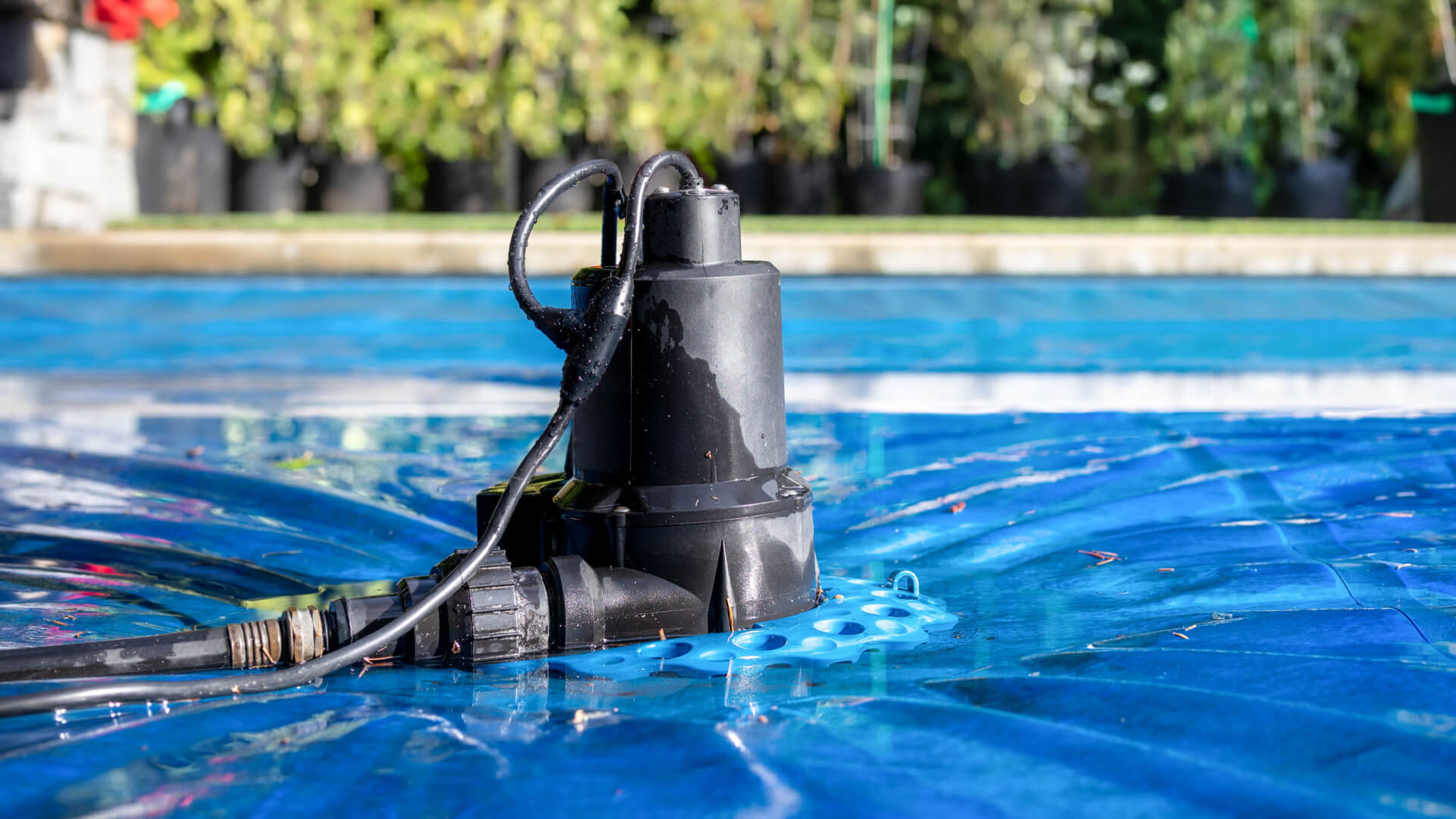Charting a Course for Security: The Essentials of Velos Pleasure Craft Insurance
Embracing the thrill of the sea with a leisure vessel brings a unique sense of freedom, yet it’s essential to be prepared for the unexpected. Velos Pleasure Craft Insurance provides that essential safety net, offering tailored coverage that addresses the specific concerns of recreational boating enthusiasts. Whether you’re the proud owner of a sleek yacht or a spirited speedboat, this specialized insurance stands as your guard against the unpredictable.
Coverage Highlights of Velos Pleasure Craft Insurance:
Protection for Hull and Machinery: Ensuring the structural integrity of your craft, Velos Pleasure Craft Insurance covers a breadth of hazards, from collisions to weather impacts. This fortifies your financial investment against diverse forms of damage, letting you navigate with assurance.
Liability for Third Parties: In the realm of boating, incidents can arise without warning. Liability coverage through Velos safeguards your interests if your craft becomes the source of property damage or personal injury to others, including potential legal costs.
Security for Gear and Personal Items: Recognizing the value of the equipment and personal items brought aboard, this insurance extends to cover these against potential loss or damage, from high-tech fishing equipment to personal electronics.
Support in Emergencies: The distress of mechanical issues or emergencies at sea is less daunting with Velos, which typically covers the expenses of emergency aid and towing, lessening the worry of additional financial strains.
Customizable Coverage Options: Velos acknowledges the diverse needs of boaters with additional coverage options to personalize your policy, from racing risks to personal accident clauses, crafting insurance that’s as unique as your boating lifestyle.
With Velos Pleasure Craft Insurance, you gain more than coverage; you gain a partnership with specialists who are attuned to the complexities of the sea and recreational boating. This professional backing translates to greater peace of mind, whether you’re an experienced seafarer or a new skipper.
As you prepare to hoist the sails for your forthcoming voyages, reviewing your insurance provisions is key. Opting for Velos Pleasure Craft Insurance equips you with robust coverage, attentive service, and an unwavering focus on client satisfaction, all ensuring that your seafaring exploits are as secure as they are enjoyable. For more information please consult www.velosinsurance.co.uk
Read more →
